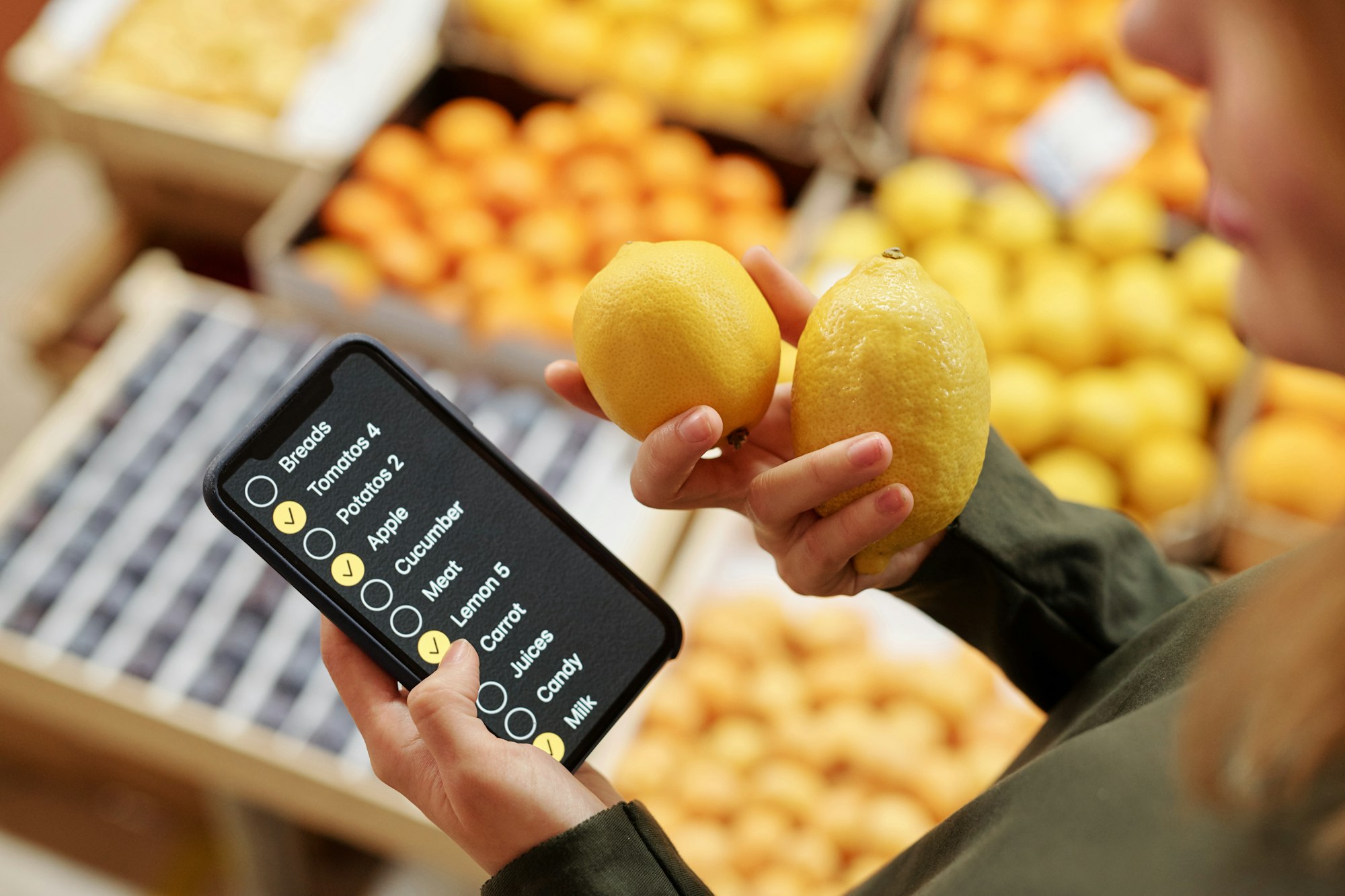In an era where personal data breaches are becoming increasingly common, biometric security is emerging as a promising solution to enhance data protection. By using unique biological traits such as fingerprints, facial recognition, and iris scans, biometric security offers a more secure and convenient method of authentication. This technology is quickly gaining traction across various sectors, from banking to healthcare. Let’s explore how biometric security is shaping the future of personal data protection.
1. Understanding Biometric Security
1.1 What is Biometric Security?
Biometric security involves using individuals’ unique biological characteristics for identification and authentication purposes. Unlike traditional methods like passwords or PINs, biometric data is inherently unique to each individual, making it more difficult for unauthorized users to gain access.
1.2 Types of Biometric Authentication
- Fingerprint Recognition: Scanning and analyzing the unique patterns of ridges and valleys on a person’s fingertips.
- Facial Recognition: Using algorithms to analyze facial features and create a digital map of an individual’s face.
- Iris Scanning: Capturing the unique patterns in the colored ring of the eye.
- Voice Recognition: Analyzing the unique characteristics of an individual’s voice, including tone, pitch, and cadence.
2. Advantages of Biometric Security
2.1 Enhanced Security
Biometric security offers enhanced protection against unauthorized access because biological traits are difficult to replicate or steal. Unlike passwords, which can be easily forgotten or hacked, biometric data remains constant and unique to each individual.
2.2 Convenience and Speed
Biometric authentication is often faster and more convenient than traditional methods. Users do not need to remember complex passwords or carry additional devices like security tokens. A simple scan or facial recognition can provide quick and easy access.
2.3 Reduction in Fraud
Biometric security significantly reduces the risk of identity theft and fraud. By verifying the physical presence of the individual, it becomes much harder for fraudsters to impersonate someone else.
3. Applications of Biometric Security
3.1 Banking and Financial Services
Banks and financial institutions are increasingly adopting biometric authentication to enhance security and improve customer experience. Technologies such as fingerprint and facial recognition are used for secure access to accounts, ATM withdrawals, and transaction verifications.
3.2 Healthcare
In the healthcare sector, biometric security helps protect sensitive patient information and streamline administrative processes. It ensures that only authorized personnel can access medical records and helps verify patient identities during treatment.
3.3 Mobile Devices
Smartphones and other mobile devices widely use biometric authentication for unlocking screens, accessing apps, and authorizing payments. Features like fingerprint sensors and facial recognition enhance device security and user convenience.
3.4 Travel and Border Control
Biometric security is revolutionizing travel and border control by speeding up the identification process. Airports and border agencies use biometric systems for passport verification, reducing wait times and enhancing security.
4. Challenges and Concerns
4.1 Privacy Issues
One of the primary concerns with biometric security is the potential for privacy violations. The collection, storage, and use of biometric data raise questions about how this sensitive information is protected and who has access to it.
4.2 Data Security
While biometric data is difficult to replicate, it is not entirely immune to hacking. Cybercriminals may attempt to steal or spoof biometric data, and breaches could have serious consequences given the permanence of biometric traits.
4.3 Ethical and Legal Considerations
The use of biometric data also raises ethical and legal questions. Regulations and guidelines must be established to ensure that biometric data is used responsibly and that individuals’ rights are protected.
5. Future of Biometric Security
5.1 Advancements in Technology
Continued advancements in biometric technology are expected to enhance accuracy, speed, and reliability. Emerging technologies such as behavioral biometrics, which analyze patterns of behavior like typing speed and mouse movements, offer additional layers of security.
5.2 Integration with AI
The integration of biometric security with artificial intelligence (AI) is poised to revolutionize the field. AI can enhance the accuracy of biometric systems, provide real-time monitoring, and detect anomalies that may indicate fraudulent activity.
5.3 Wider Adoption Across Sectors
As biometric technology becomes more advanced and affordable, its adoption is likely to expand across various sectors. From government agencies to retail and education, biometric security will play a crucial role in protecting personal data and enhancing user experiences.
Conclusion
Biometric security represents the next frontier in personal data protection, offering a robust and convenient alternative to traditional authentication methods. By leveraging unique biological traits, biometric systems provide enhanced security, reduce fraud, and improve user convenience. However, the adoption of biometric security also brings challenges and concerns related to privacy, data security, and ethical considerations. As technology continues to advance, it is crucial to address these issues and ensure that biometric security is implemented responsibly. Embracing biometric technology will pave the way for a safer, more secure future, where personal data is better protected against the ever-evolving threats of the digital age.







